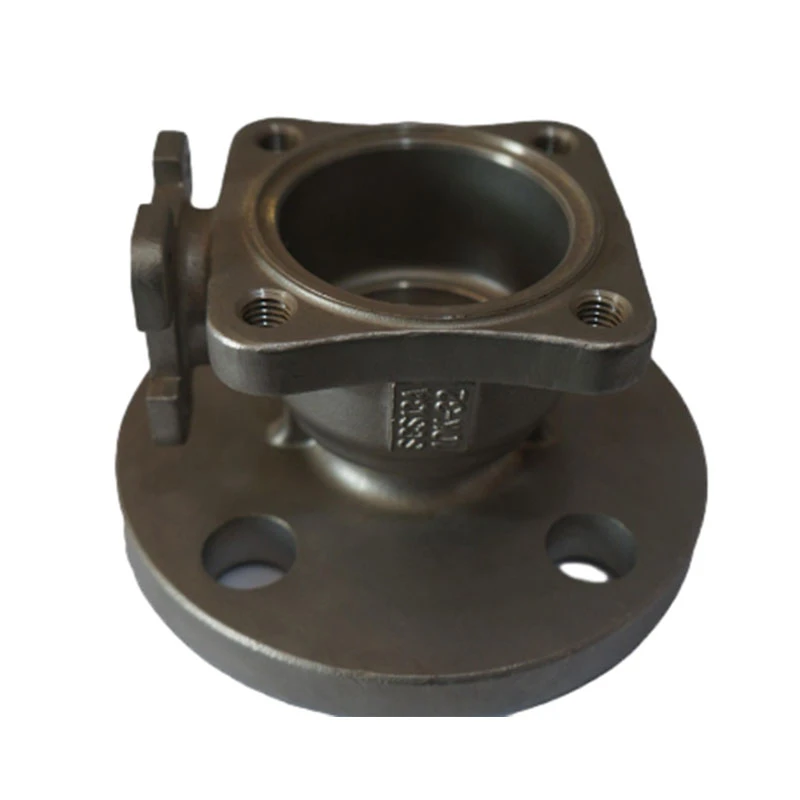sand casting working principle
Understanding the Working Principle of Sand Casting
Sand casting, also known as sand molded casting, is one of the oldest and most widely used metal casting processes. The technique has evolved over the years, but the fundamental working principle remains largely the same. This article will explore the core elements that define sand casting and elucidate its significance in various industrial applications.
The Basics of Sand Casting
At its core, sand casting involves creating a mold from sand to pour molten metal into. The mold is created by compacting a mixture of sand, clay, and water around a pattern, which represents the object to be cast. Once the mold is formed, it is divided into two halves the cope (top half) and the drag (bottom half). After the pattern is removed, the mold is completed, allowing molten metal to be poured into the cavity created by the pattern.
The composition of the sand mixture is crucial as it must strike a balance between strength and collapsibility. Typically, silica sand is used due to its high melting point and availability. Clay works as a binding agent, while water aids in the compaction of the sand grains. This mixture creates a mold that can withstand the hot molten metal while still being easy to remove once the metal has cooled and solidified.
Steps in the Sand Casting Process
1. Pattern Creation The first step is to create a pattern, often made from metal, wood, or plastic, that is an exact replica of the final product. The pattern is designed slightly larger than the final product to account for metal shrinkage during cooling.
2. Mold Making The pattern is placed in a mold box, and the sand mixture is compacted around it. The mold halves are then carefully separated, allowing for the removal of the pattern.
3. Mold Assembly After the pattern is removed, the two halves of the mold are rejoined. This assembly is crucial as any misalignment can result in defects in the final casting.
4. Pouring Molten metal, which is prepared in a furnace and heated to a temperature that exceeds its melting point, is poured into the mold cavity. Proper pouring techniques reduce the risk of air entrapment and allow for a smoother fill.
sand casting working principle

5. Cooling Once filled, the molten metal is allowed to cool and solidify. The cooling rate can affect the microstructure of the metal, influencing the mechanical properties of the final product.
6. Mold Removal and Finishing After solidification, the mold is broken apart to reveal the casting. Post-processing may include cleaning, trimming, and surface finishing to achieve the required specifications.
Advantages of Sand Casting
One of the main advantages of sand casting is its flexibility. It can be used to cast a wide range of metals, including aluminum, bronze, iron, and various alloys. The process is particularly useful for producing large components that would be difficult to manufacture using other methods. Furthermore, the relatively low cost of materials and equipment makes sand casting an economical option, especially for small production runs or prototype development.
Another significant benefit is the ability to create complex geometries. The adaptability of the sand mold allows for intricate designs that might be challenging to achieve with more rigid casting processes. Additionally, the use of sand molds facilitates quick model changes, making it easier to adjust designs based on specific project requirements.
Applications of Sand Casting
Sand casting is used across various industries including automotive, aerospace, construction, and even art. Components such as engine blocks, pumps, and machinery parts are often manufactured using sand casting due to their durability and strength. The aerospace industry relies on precision castings for critical components, emphasizing the importance of meticulous detail in the sand casting process.
Conclusion
The working principle of sand casting has stood the test of time due to its versatility and cost-effectiveness. As technology continues to advance, techniques such as computer-aided design (CAD) and automation are being integrated into the traditional casting process, further enhancing its capabilities. Whether for industrial applications or artistic creations, sand casting remains an essential technique in metalworking, demonstrating both tradition and innovation in manufacturing.
-
OEM Sand Cast Pump Valve Fittings - Hairun Sourcing | Precision Engineering, Industrial EfficiencyNewsJul.13,2025
-
EcoGuard 3000 - Sustainable Agriculture Solution&Soil Health ImprovementNewsJul.13,2025
-
SmartAgri Solutions: Smart Farming Tech | AI Analytics & IoT SensorsNewsJul.13,2025
-
[Product Name]-[Company Name]|Business Efficiency&InnovationNewsJul.13,2025
-
Smart Factory Solutions-Industrial Efficiency|Real-Time Analytics&Automated WorkflowNewsJul.12,2025
-
OEM Sand Cast Pump Valve Fittings - Hairun Sourcing | Durable, Reliable, CustomizedNewsJul.12,2025















